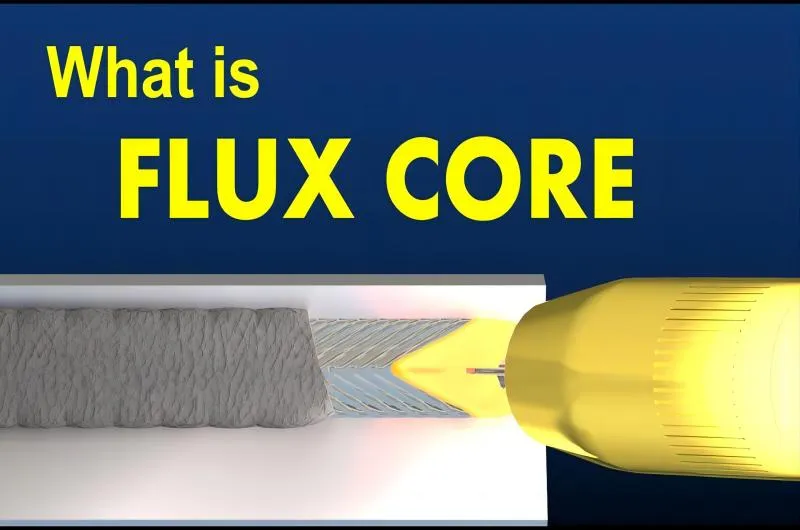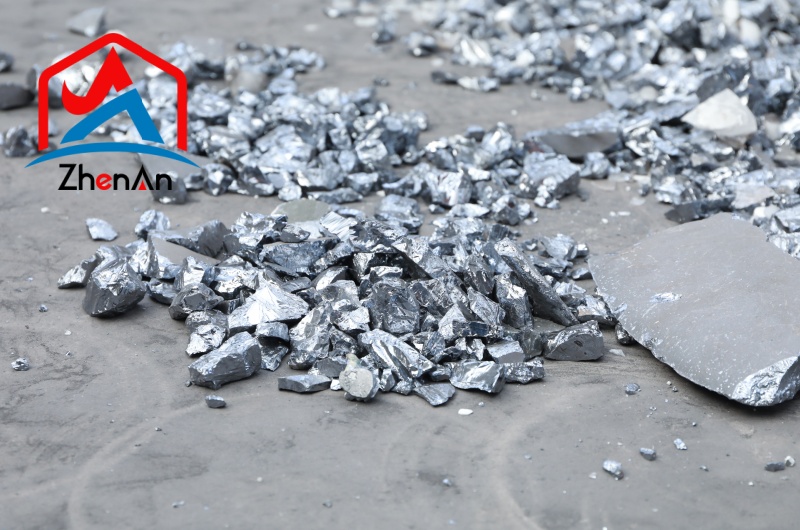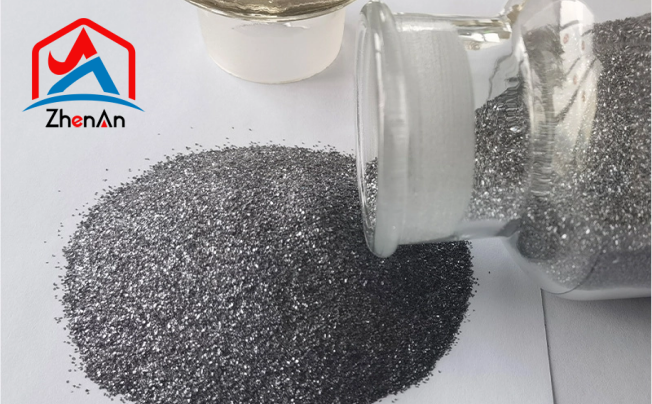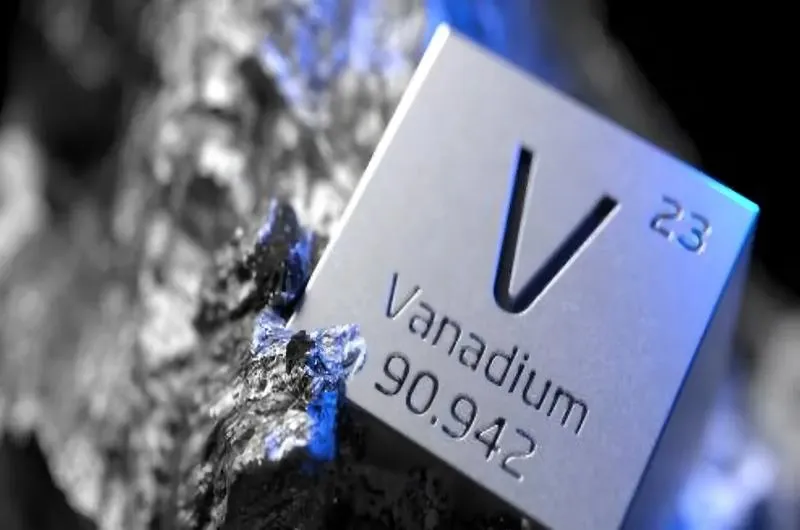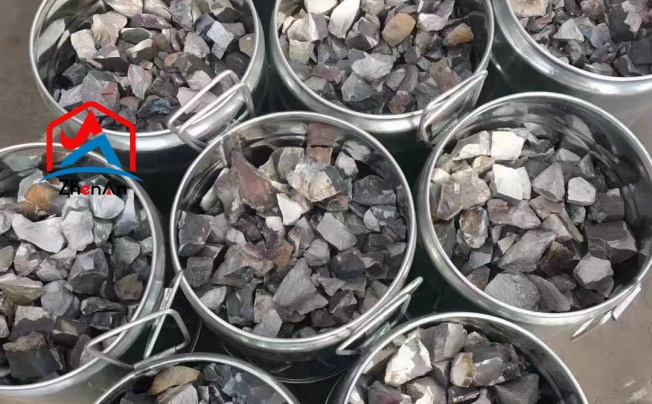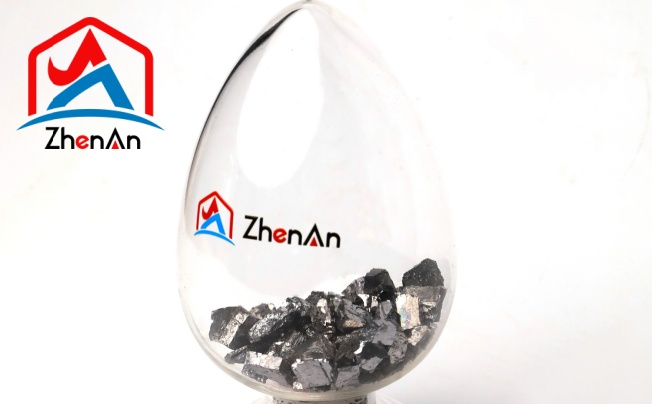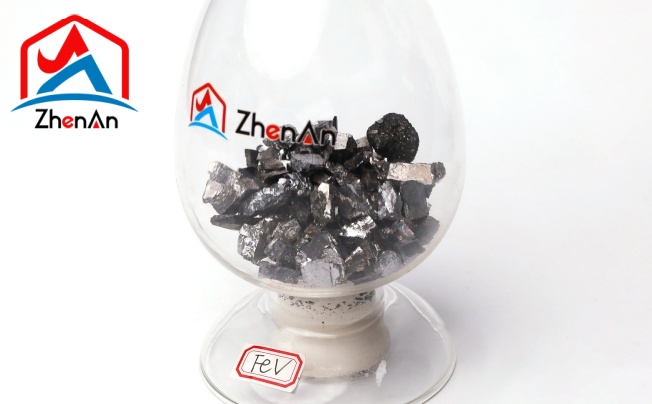BY  GENN
GENN
2024/04
Blog
The Art of Choosing the Right Flux Core Wire Thickness
Overview of Flux Core Wire Thickness
Standard Sizes Available (0.030, 0.035, 0.045)
When it comes to flux core welding, one of the critical factors to consider is the thickness of the wire being used. Flux core wires come in various standard sizes, with the most common ones being 0.030 inches, 0.035 inches, and 0.045 inches. These sizes refer to the diameter of the wire itself and play a crucial role in determining the welding process’s efficiency and effectiveness.
Each standard size offers different benefits and is suitable for specific welding applications. The 0.030-inch wire is considered thin and ideal for welding light gauge materials or when precision is essential.
On the other hand, a 0.035-inch wire provides a balance between versatility and penetration, making it suitable for a wide range of welding tasks across various material thicknesses. The thicker 0..045-inch wire excels in applications requiring high deposition rates and deep penetration into thick materials.
Influence of Wire Diameter on Welding Applications
The chosen flux core wire diameter significantly impacts the overall welding process and outcome across different applications. Thinner wires, such as the 0..030-inch variant, are well-suited for delicate projects that require intricate welds or when working with thin metals where excessive heat could distort or burn through the material.
In contrast, thicker wires like the 0..045-inch option are better suited for heavy-duty applications where high deposition rates are necessary to join thick sections together efficiently and effectively penetrate through multiple layers of material without compromising weld quality or strength. Choosing the appropriate flux core wire thickness based on specific welding requirements ensures optimal performance and weld quality while minimizing issues such as burn-through or lack of fusion during the welding process.
Factors Influencing Choice of Flux Core Wire Thickness
- Material Thickness Being Welded
The thickness of the material being welded is a critical factor in determining the appropriate flux core wire thickness. For thinner materials, such as sheet metal or thin plates, a thinner wire like 0.030″ is often preferred. Thinner wires can provide better control and produce less heat input, reducing the risk of burn-through on these delicate materials. Conversely, when welding thicker materials like structural beams or heavy machinery components, a thicker wire such as 0.045″ may be necessary to achieve adequate penetration and deposition rates.
- Welding Position (Flat, Horizontal, Vertical, and Overhead)
Another key consideration when selecting flux core wire thickness is the welding position. Different wire diameters perform differently in various positions due to factors like gravity and bead shape control.
In flat-position welding, where gravity has minimal impact on the weld pool, thinner wires can provide precise control and low spatter levels. However, for vertical or overhead welding positions where molten metal tends to sag or drip more easily, thicker wires with higher deposition rates are often preferred to ensure proper weld quality and integrity.
- Desired Welding Speed and Penetration
The desired welding speed and penetration depth also play a crucial role in determining the optimal flux core wire thickness for a specific application. Thinner wires are generally associated with faster travel speeds due to their lower deposition rates but may require multiple passes for adequate penetration on thick materials.
On the other hand, thicker wires offer higher deposition rates that can increase productivity but may result in slower travel speeds to achieve proper fusion and penetration into the base material. Balancing these factors is essential in selecting the most suitable flux core wire thickness to meet both production efficiency and weld quality requirements.
Benefits of Different Flux Core Wire Thicknesses
Thin Wires (0.030″) for Light Gauge Metals and Precise Welds
When tackling projects that involve light gauge metals or intricate welding tasks requiring utmost precision, opting for thin flux core wires, typically around 0.030 inches in diameter, can be a game-changer. These slender wires offer excellent control over the weld pool, enabling welders to create neat, clean beads with minimal splatter. The reduced heat input associated with thin wires helps prevent warping or burn-through on thin materials, making them ideal for delicate workpieces where maintaining structural integrity is crucial.
The narrow profile of 0.030-inch flux core wires also allows for welding in tight spaces or hard-to-reach areas effortlessly. This characteristic makes them highly versatile for projects that demand manoeuvrability and dexterity during welding operations.
Additionally, the lower deposition rates of thin wires lend themselves well to applications where excessive build-up could compromise the final outcome. Overall, the finesse and finesse-driven capabilities of thin flux core wires make them indispensable tools for welders seeking flawless results on lightweight materials.
Medium Wires (0.035) for Versatility and Balance between Speed and Penetration
Stepping up slightly in thickness to around 0.035 inches introduces welders to a versatile middle ground that strikes a harmonious balance between speed and penetration capabilities. Medium-sized flux core wires are favored by many professionals due to their ability to handle a wide range of welding tasks effectively. Whether working on moderately thick materials or executing multi-pass welds that require good fusion with each layer, these wires offer consistent performance across various applications.
The 0.035-inch diameter provides increased deposition rates compared to thinner options while still allowing for decent control over the welding process. This balance enables welders to achieve faster travel speeds without sacrificing weld quality significantly.
Medium flux core wires excel in scenarios where productivity is key without compromising structural integrity or bead appearance. Their adaptability and reliability make them go-to choices for welders seeking efficiency without sacrificing precision.
Thick Wires (0.045) for High Deposition Rates and Deep Penetration
For heavy-duty welding tasks demanding high deposition rates and deep penetration capabilities, thick flux core wires measuring approximately 0..045 inches stand out as formidable allies in achieving robust welded joints efficiently. These beefier wires pack a punch when it comes to laying down substantial amounts of filler metal quickly, making them ideal for applications involving thicker materials or large-scale projects requiring rapid progress. The increased wire diameter translates into higher heat input during welding, facilitating deeper fusion into the base metal and ensuring superior bond strength across hefty joints.
Moreover, thick flux core wires excel in providing adequate reinforcement when joining components subject to high-stress loads or harsh operating conditions. Though they may not offer the same level of detail as their thinner counterparts due to their higher deposition rates, these heavy-duty wire options shine brightest when durability and penetration depths are top priorities within a welding project’s parameters.




